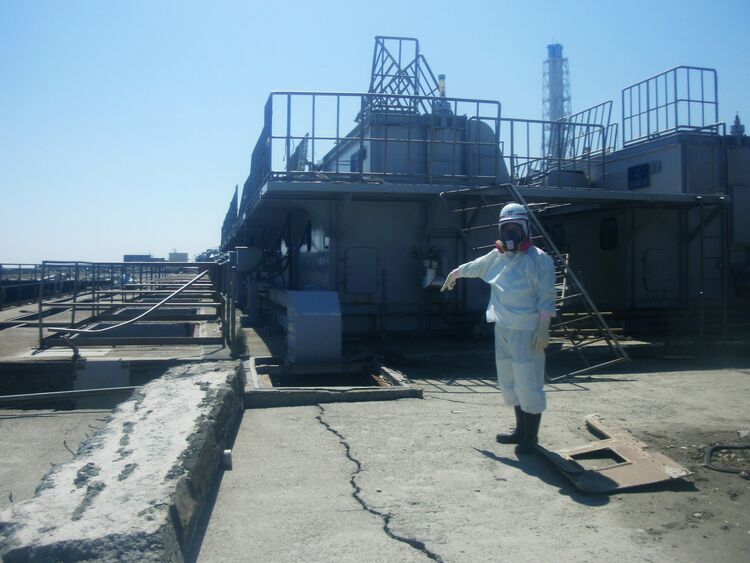In another example of corporate leadership not thinking things through, Tokyo Electric Power Company has discovered that the buildings it’s been using to store highly contaminated water in are leaking.
TEPCo was using the buildings to store contaminated water that leaked into the basements of the reactor buildings, and contaminated water from reactor cooling systems. Even though TEPCo claimed it has stopped the massive leaks from the reactor buildings, contaminated water continues to pour into the Pacific Ocean.

On Friday, 27 May 2011, TEPCo discovered that the buildings used to store contaminated water are leaking. They will now stop transferring contaminated water and try and plug the leaks.
TEPCo admits they know the buildings are damaged, and they failed to plug any leaks before transferring the contaminated water!







